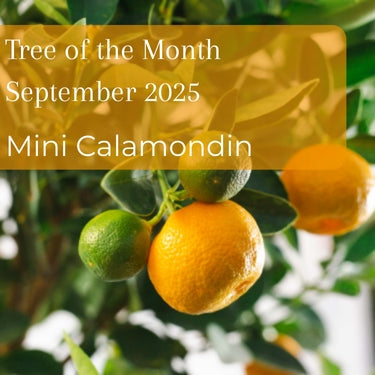
The British royal family has a long-standing tradition of planting trees to commemorate significant events, dates or milestones in their reigns. From Queen Elizabeth II's Coronation to King George IV's birthday, planting trees became a symbolic representation of hope and continuity in the Royal family. With the upcoming coronation of King Charles III, the British public is eagerly anticipating the next wave of tree planting ceremonies. In this article, we will delve deeper into the history of the royal tree planting tradition and why it is essential.
To celebrate her reign, the National Tree Planting Scheme was launched in 1953, with a mission to plant six million trees in six years across the UK. |
The initiative not only symbolised the start of a new era under Elizabeth II but also a pioneering effort to combat deforestation and reaffirm the Royal family's commitment to the environment.
King George IV was another ardent tree lover, famous for his extensive plantations at the Royal Pavilion in Brighton. To celebrate his birthday in 1827, beech trees were planted in Buckinghamshire, which still exist to this day, indicating the longevity and resilience that trees represent.

But what type of trees are usually planted during royal events? Well, it varies. In recent years, the British Royal family has been keen to plant saplings and indigenous trees, such as oak, hawthorn, and yew, to regenerate the UK's forest cover. Nevertheless, in the past, exotic trees such as Japanese cherry and the Myrtle Tree have been used to mark significant occasions.
The tradition of tree planting has proved to be significant in terms of preserving the UK's natural heritage and motivating individuals to take action to combat climate change. It is a testament to the British Royal family's dedication to the environment, and the positive impact it has had on a global scale.
Why is planting trees during King Charles III coronation essential?Firstly, because it symbolises continuity and a promise of a brighter, greener future. |
The new reign presents an opportunity to explore innovative ways to tackle climate change and lead by example in the fight against ecological destruction. Secondly, it provides a platform for all Britons to participate in an initiative that has been vital in shaping the UK's landscape.

In conclusion, The Royal family's tree-planting tradition is an excellent example of the impact of symbolic action in shaping public perception and motivating individuals to make change. Whether it is to combat deforestation, celebrate regeneration, or mark significant occasions, planting trees is a powerful way to bring people together and make a difference, one tree at a time. The upcoming reign marks a milestone in the British Royal family's history and a time for the UK's residents to embrace the potential for change through our collective love for trees.
Sources:
[1] Biography (https://www.biography.com/royalty/prince-charles)
[2] Wikipedia (https://en.wikipedia.org/wiki/Royal_Pavilion)
[3] Daily Mail (https://www.dailymail.co.uk/news/article-7737279/The-Queen-planting-trees-decades.html)


